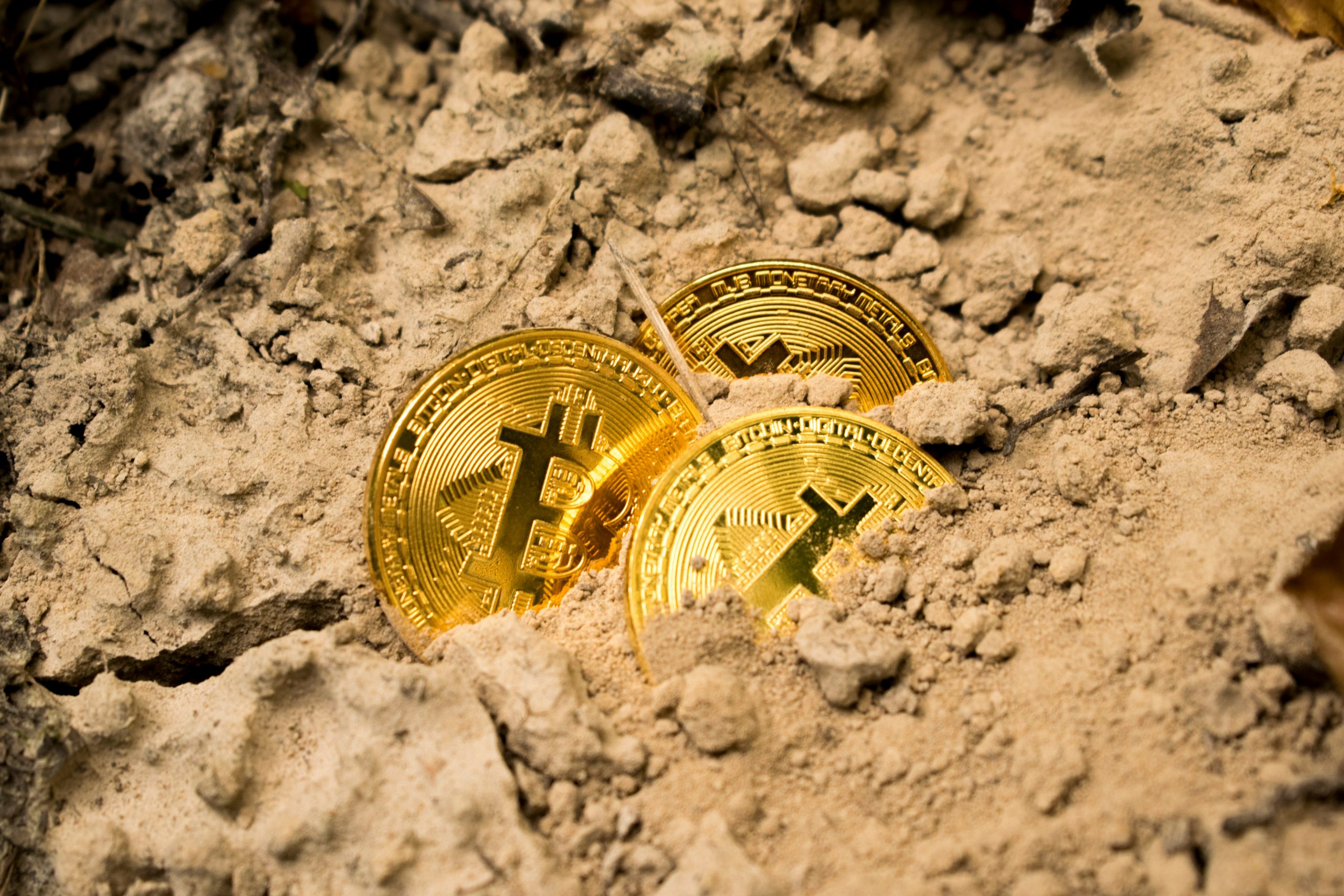North Carolina House Passes Bill to Boast State-Level Crypto Investment
The North Carolina House approved a bill, 71-44, permitting the state treasurer to invest public funds in select, authorised...

Competitive mining landscape: The high difficulty suggests that more miners actively participate in the network. This heightened competition underscores the significant investment and resources required to mine Bitcoin and the growing interest in cryptocurrency mining despite its challenges.
Anticipation of halving: Bitcoin halving events occur approximately every four years and reduce the reward for mining new blocks by half. Miners are likely ramping up their efforts to accumulate as many coins as possible before the reward reduction occurs. The increased difficulty reflects this rush to mine more coins while the reward is still at its current level.
Long-term confidence: The continued growth in mining difficulty signals confidence in Bitcoin’s long-term viability and value. Despite short-term fluctuations in price and market sentiment, miners are committing resources to secure the network and validate transactions, suggesting a belief in the cryptocurrency’s future prospects.
Bitcoin (BTC) mining difficulty, a measure of how hard it is to mine new Bitcoins, has surged to a new all-time high.
According to data from BTC.com, BTC mining difficulty experienced another adjustment before the BTC halved, hitting a new all-time high of 86.4 trillion. According to reports on April 10 2024, the BTC mining difficulty adjustment was increased by 3.4% from the previous difficulty level of 83 trillion, set on March 28 2024.
The published data suggested that BTC mining continues to grow ahead of the halving event, poised to cut miner rewards by 50%. Before halving this latest BTC mining, difficulty adjustment is likely the last. According to data from BTC.com, the subsequent BTC mining difficulty adjustment will occur in 13 days, or around April 24 2023. BTC halving will occur in eight days on April 19 2024. This milestone comes just weeks before the scheduled halving event, where the reward for mining new blocks will be cut in half.
The rise in mining difficulty indicates a growing computational power dedicated to securing the BTC network. As more miners compete to validate transactions and earn rewards, the difficulty adjusts to maintain a constant block production rate roughly every ten minutes. This self-regulating mechanism ensures new BTCs are minted slowly, preserving the crypto’s scarcity and value. BTC mining difficulty adjustment occurs every 2,06 blocks or every two weeks as BTC is programmed to self-adjust the problematic level to maintain a ten-minute target block time.
The mining difficulty directly depends on a unit measuring the miner’s computational power to produce a new BTC on the BTC blockchain hash rate. This escalating difficulty poses challenges for individual miners and mining pools. High difficulty means more computational resources are required to solve complex cryptographic puzzles and validate transactions. Miners must invest in advanced hardware and electricity to remain competitive, driving up operational costs. Consequently, smaller players may need help to sustain profitability, leading to consolidation in the mining industry.
The timing of this difficulty surge is particularly noteworthy as it precedes BTC’s halving event. Approximately every four years, the reward for mining a new block is halved, reducing the rate at which new BTCs are created. This deliberate supply constraint is built into BTC’s protocol to imitate the scarcity of precious metals like gold and prevent inflation. With the halving approaching, the increase in mining difficulty underscores the anticipation and preparation among miners. As the block reward diminishes, miners must adapt to maintain profitability. Those operating with outdated or inefficient equipment may be forced to exit the market, leading to a concentration of mining power among more prominent players.
The combination of heightened difficulty and reduced block rewards could trigger significant shifts in BTC’s hash rate—the total computational power dedicated to mining. Miners may strategically adjust their operations, relocate to regions with cheaper electricity, or explore alternative revenue streams, such as transaction fees, to offset diminishing block rewards. In the broader context, the rising mining difficulty highlights the maturation and resilience of the BTC network. Despite periodic challenges and fluctuations, BTC attracts investment and support from individual enthusiasts and institutional players. The convergence of technological innovation, economic incentives, and decentralised governance underpins BTC’s position as the leading crypto and a store of value in the digital age. With the increasing difficulty of BTC mining, the BTC hash rate has significantly increased.
As the halving event approaches, all eyes are on Bitcoin’s resilience and adaptability. The surge in mining difficulty serves as a testament to the network’s robustness and the commitment of its participants to secure and uphold its principles. Whether the halving will usher in a new era of scarcity-driven appreciation or pose challenges for miners, one thing remains certain: Bitcoin’s journey is far from over, and its evolution continues to captivate the world.
The North Carolina House approved a bill, 71-44, permitting the state treasurer to invest public funds in select, authorised...
AUSTRAC, has announced a crackdown on inactive registered cryptocurrency exchanges to eliminate potential scams.
If approved by United Arab Emirates regulators, the dirham-backed stablecoin—regulated by the central bank—will run on the ADI blockchain.
Solana has outpaced its competitors by recording 33% higher DEX trading volume, 400% more transactions, and 180% active wallet addresses.